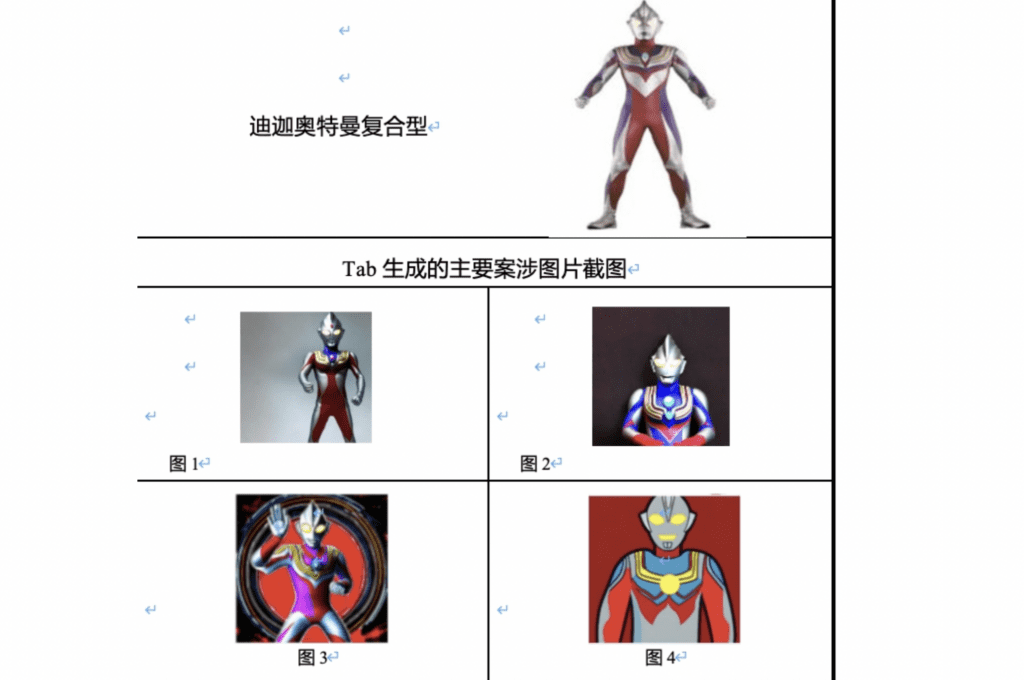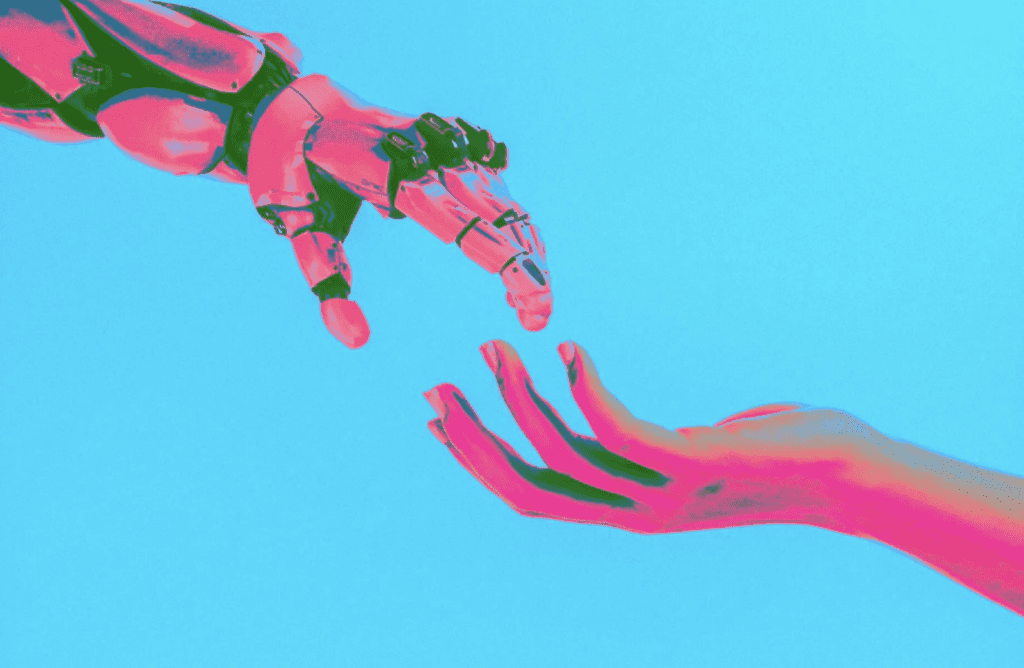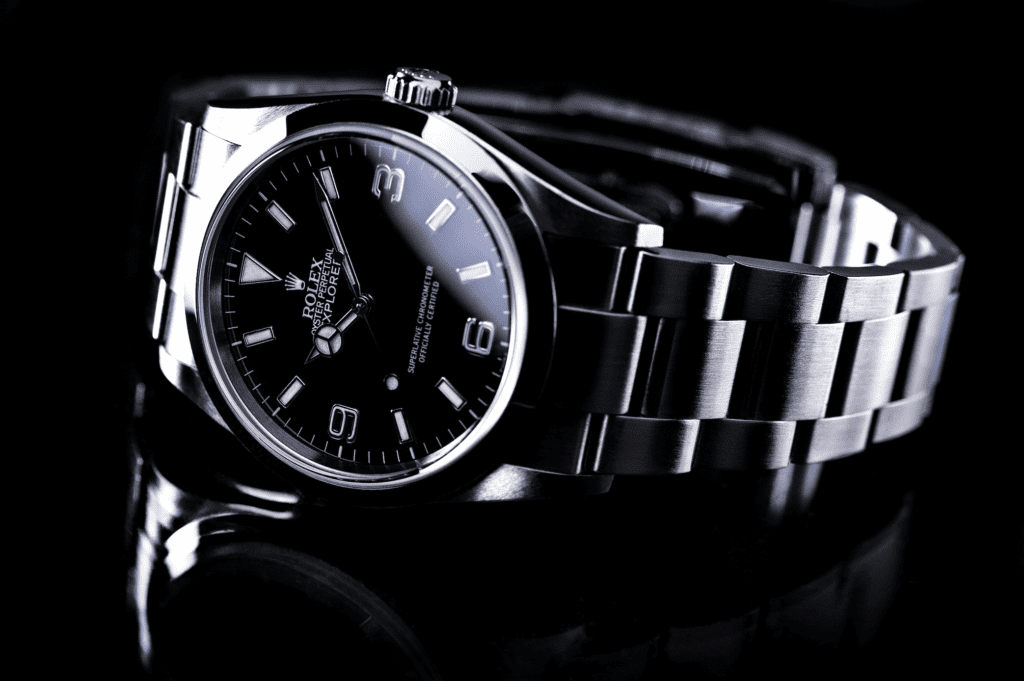A Chinese court has decided what is being called the nation’s first copyright infringement case over artificial intelligence (“AI”)-generated outputs and the first to apply novel AI-specific regulations enacted in China last year. In a decision dated February 8, the Guangzhou Internet Court found that the unnamed operator of an AI-powered text-to-image generator in China is liable for infringing works from the Japanese science fiction media franchise, Ultraman, by enabling users to generate “identical or substantially similar” images those from Tsuburaya Productions Co., Ltd.’s series via text prompts.
Some Background: Shanghai Character License Administrative Co., Ltd. (“SCLA”), which licenses the Ultraman IP in China from Tsuburaya Productions, filed suit with the Guangzhou Internet Court in December 2023, alleging that the generative AI platform provider defendant had run afoul of its exclusive rights to use, reproduce, create derivative works, etc. based on images from the Ultraman franchise. SCLA argued that the defendant’s AI-powered platform allows users to create lookalike imagery, and thus, set out copyright infringement-centric claims.
In its defense, the defendant argued that it was not responsible for training the AI model at issue, which it acquired from a third-party provider, and thus, should be shielded from liability. The defendant also alerted the court that it had implemented measures to limit the potential for infringing outputs, such as by blocking the use of various Ultraman-related keywords.

Setting the stage in its decision, the Guangzhou Internet Court addressed a couple of the separate copyright claims that SCLA lodged against the defendant, which it accused of violating its exclusive right to reproduce the Ultraman imagery and to create derivate works based on that imagery. (SCLA also alleged that the defendant violated its exclusive right to disseminate the Ultraman works but the court opted not to dive into that claim after finding that the defendant violated SCLA’s right to reproduce.)
Right to Reproduce: Siding with SCLA on its reproduction claim, the Guangzhou Internet Court held that the two key elements of the claim were satisfied here: (1) It is safe to assume that the defendant had access to the copyright-protected Ultraman imagery in light of the level of fame associated with the Ultraman franchise in China, and (2) images generated by the defendant’s AI platform are “substantially similar” to the protected Ultraman works. In fact, the court noted that the defendant previously enabled users to generate “identical or substantially similar” images to the copyright-protected Ultraman images simply by inputting the keyword “Ultraman.”
Right to Creative Derivative Works: On the derivative works front, the court sided with SCLA again, finding that in producing certain outputs, including ones that incorporate elements of the copyright-protected “Ultraman Tiga Hybrid Image,” the defendant created unlawful derivatives of the original Ultraman work.
The Chinese AI Regulations: Before turning to remedies, the court addressed the Interim Measures for the Management of Generative Artificial Intelligence Services (“Interim Measures”), which went into effect in China in August 2023 to govern the research, development and/or use of generative AI products, as well as the provision of such services to the public in China. In terms of the provision of generative AI services, the Interim Measures impose various obligations on “generative AI service providers” – which are defined as “organizations or individuals that use generative AI technology to provide generative AI services” – including that they must conduct security assessments, carry out pre-release training, and employ measures to address illegal content, among other things.
With regard to the defendant here, the court found that it failed to exercise a reasonable duty of care in connection with its distribution of AI-generated outputs, thereby, violating several articles of the Interim Measures. The court was not persuaded by its defenses, including its claim that the training model for its platform came by way of a third-party provider, on the basis that the Interim Measures apply to service providers (such as the defendant here) that provide generative AI services “through programmable interfaces,” thereby, encompassing parties that provide the underlying technologies, as well as those offering services at the application level.
Specifically, the court found that the defendant fell short of the Interim Measures in the case at hand by failing to: (1) implement a reporting mechanism that enables copyright holders to lodge infringement-centric complaints; (2) alert users about the need to refrain from engaging in infringing activity. King & Wood Mallesons’ Seagull Song and Wang Mo state in a note that the court held that generative AI platform users “might not have a clear understanding of the infringement risks associated with [generated] outputs, and therefore, [generative AI platform] providers have a duty to remind/educate users to refrain from using the services to infringe the IP rights of others”; and (3) mark the AI-generated outputs as being generated by AI (as distinct from being generated by humans) in order to “protect the public’s right of information, [and to] protect the IP holders.”)
With the foregoing in mind, the Guangzhou Internet Court ordered the defendant to pay RMB10,000 to SCLA but refused to order it to delete any Ultraman-specific data from the underlying model on the basis that a third-party was responsible for training the model. In short: The defendant’s model/platform will remain entirely intact save for some measures that it will need to implement to ensure that it is abiding by the Interim Measures.
THE BIGGER PICTURE: The Guangzhou Internet Court’s decision follows from another first-of-its-kind ruling from the Beijing Internet Court, which held late last year that an image created using an AI platform is subject to copyright protection, and thus, unauthorized use of the image amounts to infringement. Both decisions are worthy of attention, particularly amid the robust rise of generative AI platforms and uses across the globe. However, it is not immediately clear how impactful the outcomes will be and in particular, whether such determinations will be mirrored when similar cases inevitably end up before China’s more specialized intellectual property courts.
Reflecting on the case, the King & Wood Mallesons attorneys state that a critical takeaway comes in the form of the court’s detailed discussion with about generative AI providers’ reasonable duty of care when generating AI outputs, including their “obligations (1) to set up a complaint reporting mechanism; (2) to remind/educate users to respect IP rights of others; and (3) to mark the AIGC outputs to distinguish from human-authored works.” The failure of providers to satisfy these requirements “could indicate a violation of the [Interim] Measures and also [give rise to a determination of] copyright infringement liability.”











